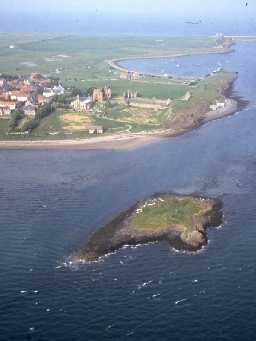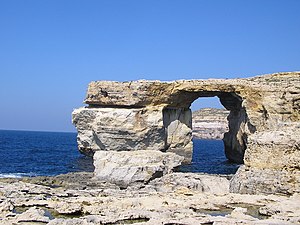Dwelly has an interesting 'incantation' once used to invite lads in the Uists to play a game of shinty. This includes the raven and holy men.
'The following is an invitation to shinty: Thugainn a dh’iomain. Dé ’n iomain? Iomain chaman. Dé ’n caman? Caman iubhair. Dé ’n iubhar? Iubhar adhair. Dé ’n adhar? Adhar ian. Dé ’n t-ian? Ian air iteig. Dé ’n iteag? Iteag fithich. Dé ’m fitheach? Fitheach feòla. Dé ’n fheòil? Feòil dhaoine. Dé na daoine? Daoine naomh. Dé naomh? Naomh eich.
'The translation is as follows: Come to play a ball game. What ball game? Shinty. What club? A yew club. What yew? Yew of the sky. What sky? Sky of the birds. What bird? Bird on the wing. What wing? Raven’s wing. What raven? A raven of flesh. What flesh? Flesh of men. What men? Holy men. (Saints) What holy man? (Saint) Saint of horse.'

Click the above logo to return to the main site





